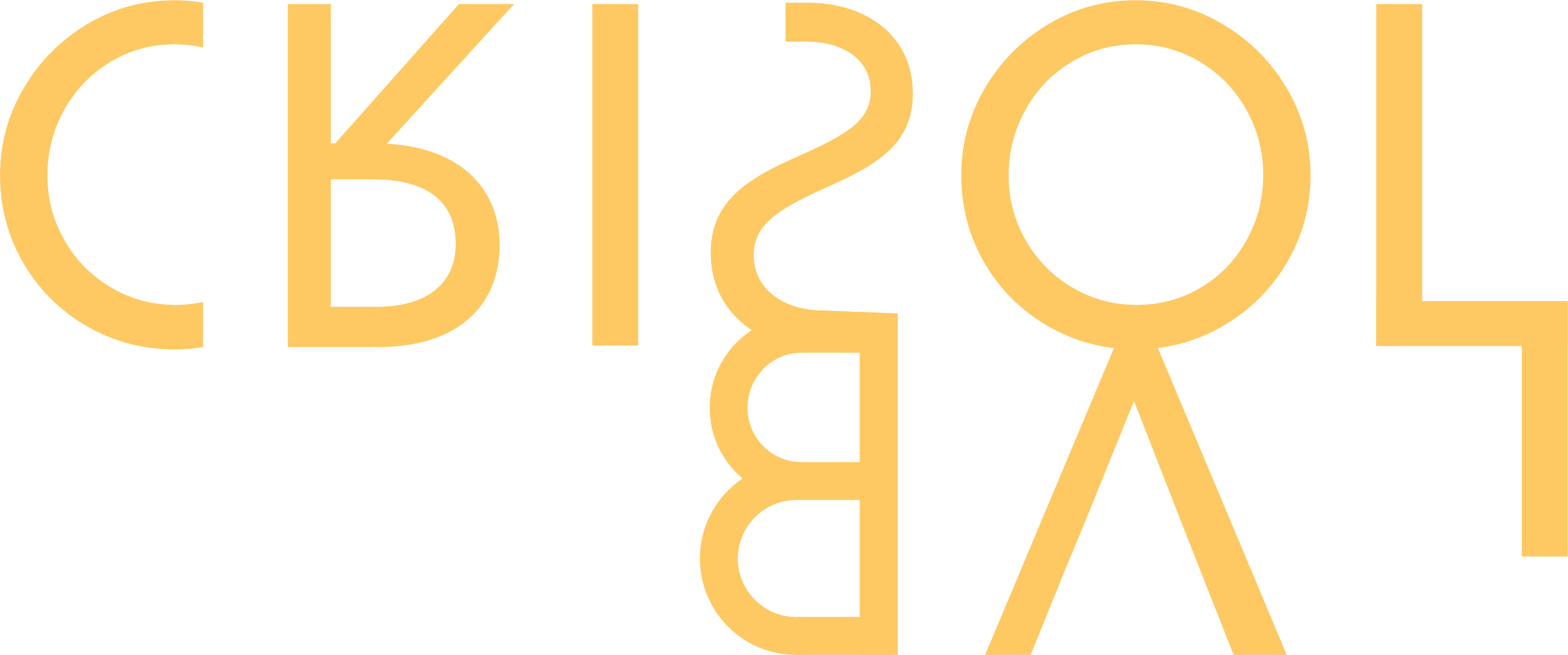Materials that manifest spontaneous polarizations of the electric and magnetic types represent the paradigm of non-reciprocal optoelectronics and, at the same time, a future promise as active elements for efficient magneto-electric devices. Upon being confined in two-dimensions, these ferroic orders exhibit characteristics fundamentally different from those of the starting 3D materials on the one hand, and offer opportunities for integration and exploitation beyond conventional 3D materials on the other. The current scientific situation, with the recent discovery of these materials and the absence of an integrated solution to the problem of optical isolation, allows us to identify a first priority research challenge: the use of 2D magnetic materials for non-reciprocal optoelectronics.
This project proposes the study of ferroic materials from the fundamental point of view of the light-matter interaction for the fabrication of atomically-thin devices with non-reciprocal optical and electronic properties: where the direction of rotation of the polarization plane and that of charge transmission occurs only in one direction.


The use of binary inorganic crystals, namely the transition metal halides, is the core of ORFEON2D. This family of layered materials, despite being among the first to be studied in the field of classical magnetism, still encompass a multitude of fundamental open questions derived from the isolation of the first atomic thickness crystals. The remarkable non-collinear magnetism of some of the members of this family induces the emergence of electrical and magnetic long-range orders at the 2D limit making them the ideal platform for the study of dynamic phenomena within broken symmetries.
Firstly, the proposal will seek to improve the crystal growth processes to obtain the highest quality possible materials with minimal defects. The project also aims to explore new horizons in the nanostructuring of these ferroic materials in order to enhance their properties, making use of different strategies, such as the deterministic stacking of van der Waals heterostructures or the encapsulation between inert oxides.
One of the keystones of this project lies in the exploration of optics in transmission, practically neglected in the field. This approach will allow deepening the understanding of magnetism and light-matter interaction in the 2D limit free of spurious interference effects. Likewise, the optical transmission along the basal plane of the non-reciprocal 2D materials will allow the realization of a proof of concept of optical isolation in the 2D limit. As the final highlight of the project, the integration of 2D materials with several ferroic orders into optoelectronic devices will be implemented in order to tackle two main challenges: firstly, for the in operando study of the dual electrical and optical non-reciprocity; and secondly, for the modulation of the non-reciprocal properties by electric and magnetic fields, giving rise to the new concept of tunable 2D non-reciprocity.




